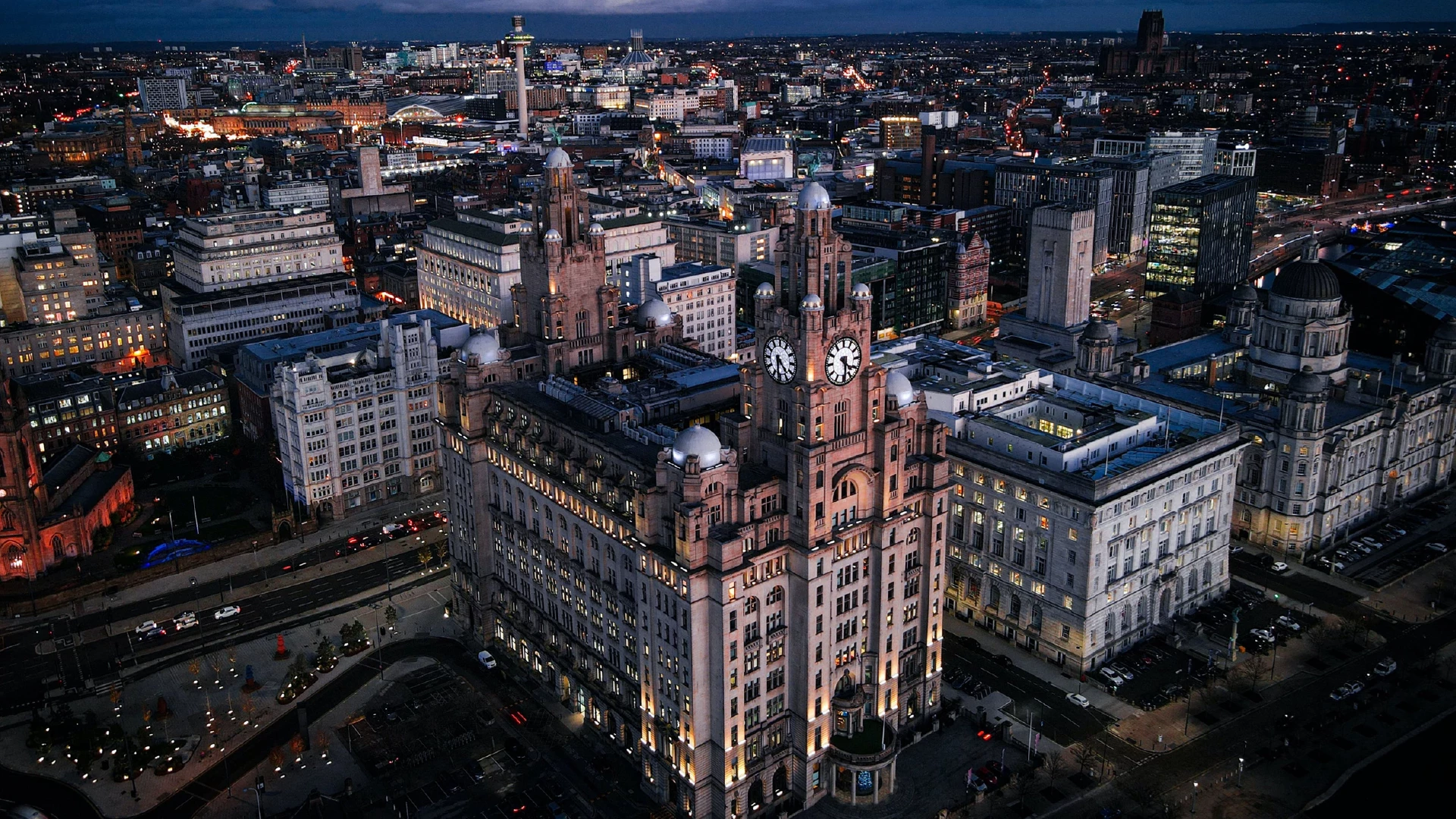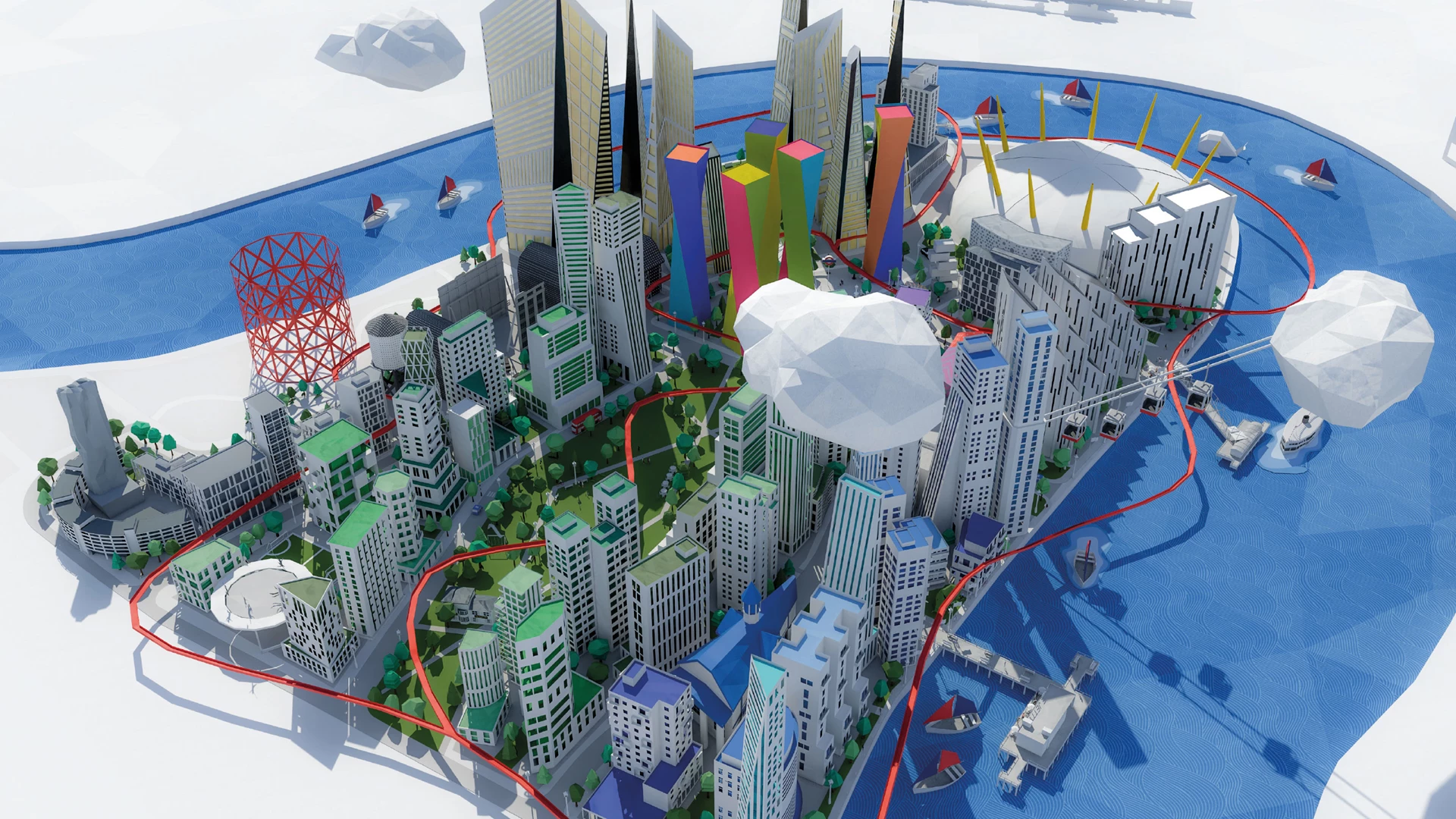A ‘new’ Middle East inspired by the past
Omar reflects on his experiences, explores the contrast between ‘old’ and New Cairo, and shares what we can learn from the past as the future of the ‘new’ Middle East continues to unfold.
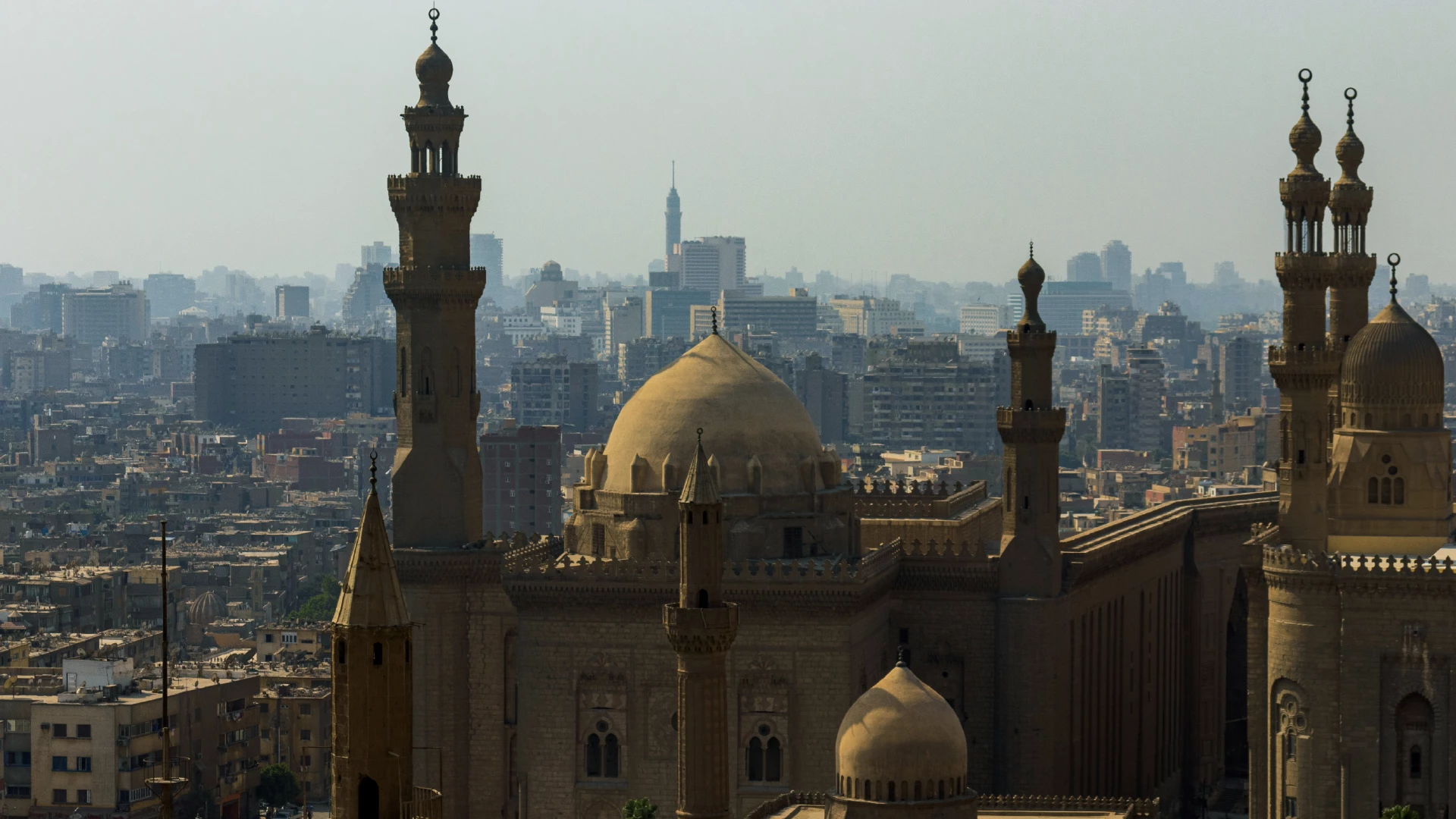
Cairo is very much a city of contrasts.
Between New Cairo and 'old' Cairo, it’s a city divided by rich and poor, separated geographically by the Nile.
But the differences between the two stretch far and wide.
Wandering through the ancient streets of old Cairo – losing yourself in its charming alleyways – is enough to make you feel as if you're travelling through time.
A place left to its own devices to evolve organically, it's a cultural melting pot, naturally developed over centuries and shaped by each diverse community that has come and gone throughout the years.
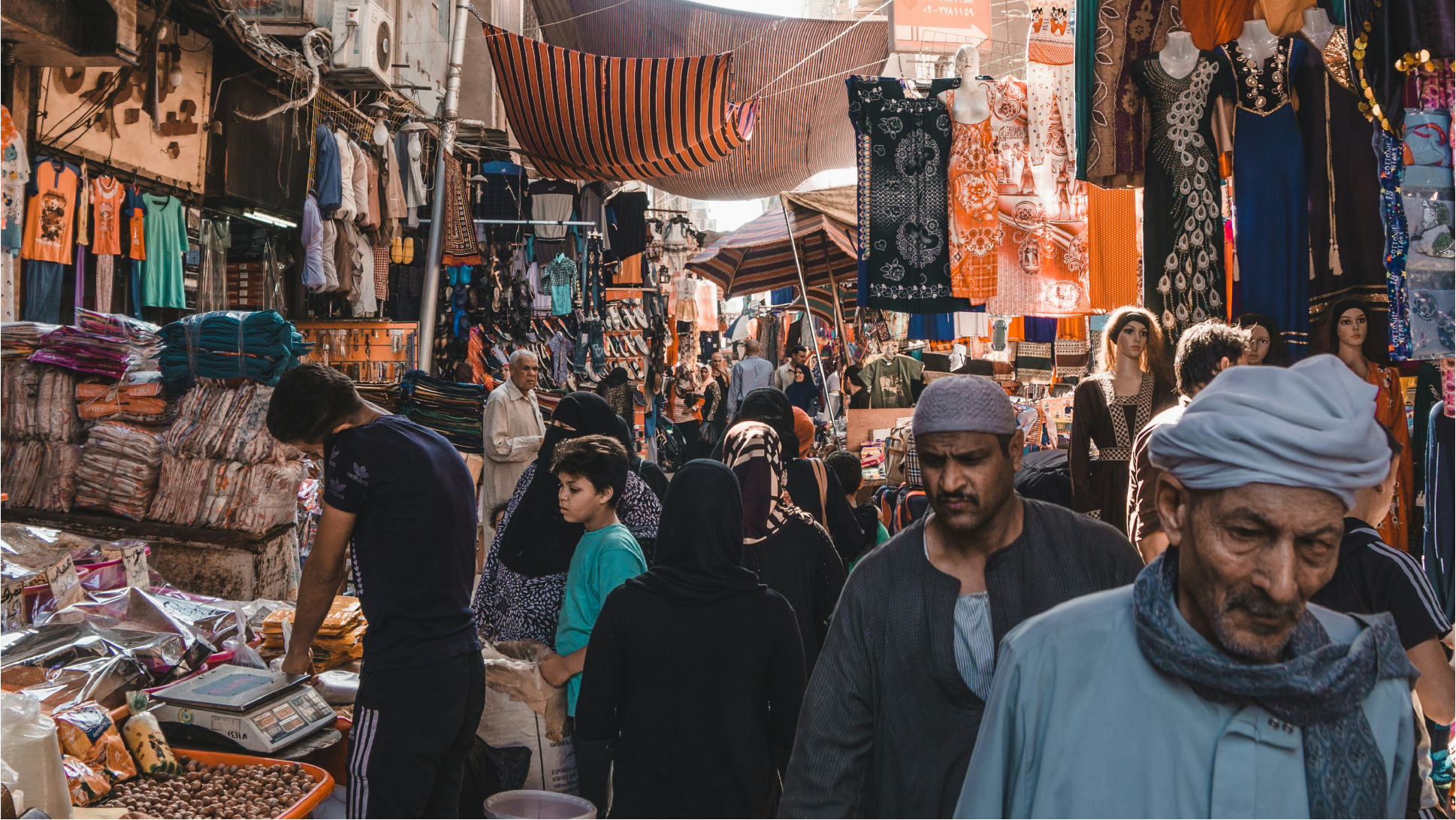
From the delicious oriental sausages you get from ‘Kebdet El Prince’ to the magnificent sceneries of The Great Pyramids – every corner turned reveals a surprise.
It effortlessly encapsulates both the intimate and the chaotic. It’s dynamic yet beautifully preserved. A place so full of life it appears to never stop moving.
It might be over populated and lacks a solid infrastructure, but it's still a very warm and intimate place to be in.

In comparison, New Cairo, designed on a grid system, is almost the antithesis of the old town. Built to work. To be functional. To offer quality and safety.
New Cairo is mostly compounds with high walls and isolated communities within.
Yes, it’s organised, but in its rigidness, it undoubtedly loses the enthralling charm eternalised by old Cairo.
New cities across the Middle East often follow a similar pattern – built from scratch, box-fresh, proud of their perfection.
And while there are plenty of positives of building cities in this way – when we’re fixated solely on the creation of new-world utopias, we can often miss the wealth of opportunity that lies in the past.
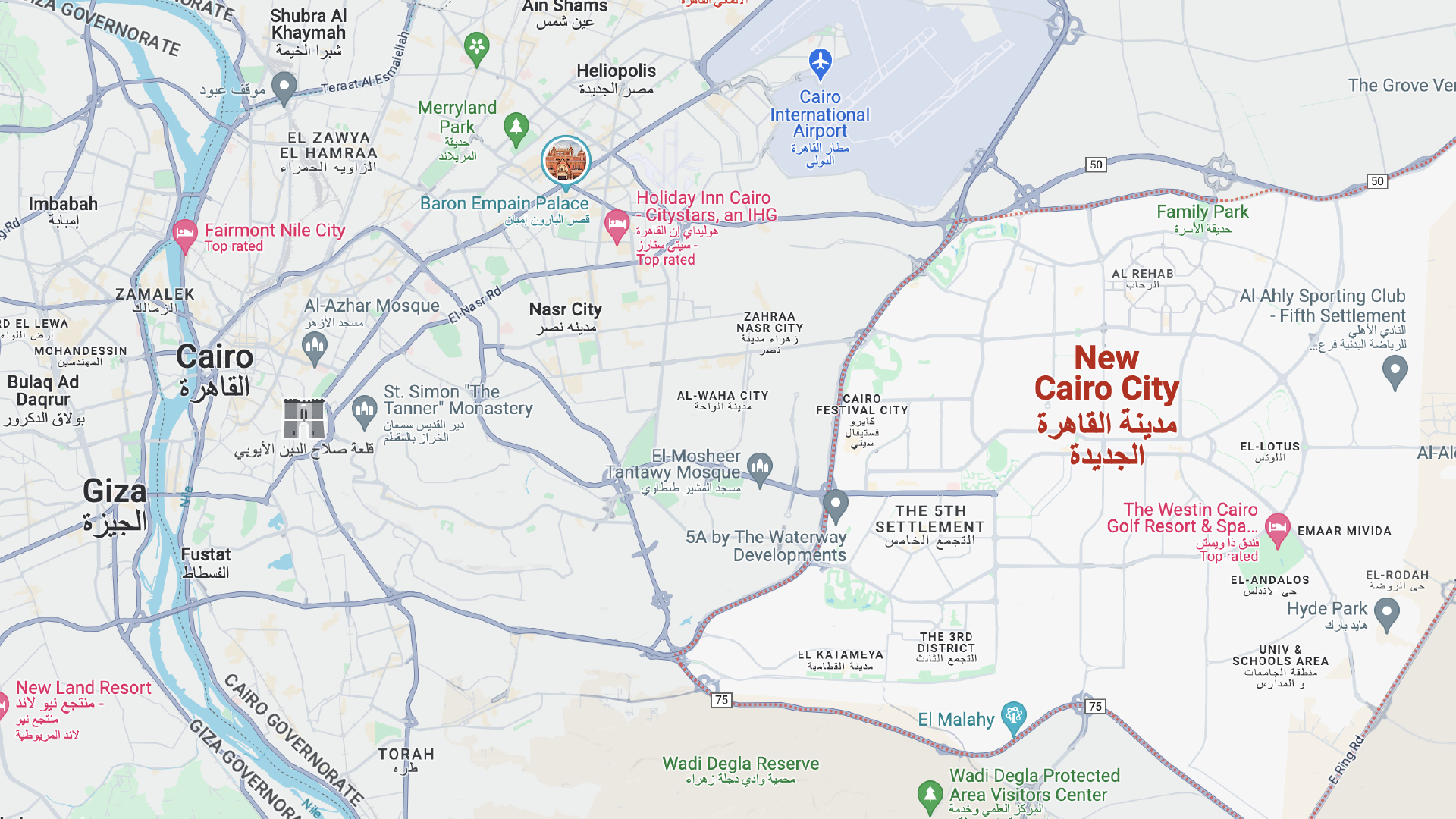
In this way, cultural heritage plays an irreplaceable role in creating a sense of place that people can immediately connect with.
With modern developments that can often feel sterile and clinical, paying homage to cultural heritage can offer warmth and a sense of home.
A great example of this is the spectacular concept design for the Arena in Diriyah, designed by our client HKS for Diriyah Company (see the CGI gallery below).
Inspired by the natural geology surrounding Diriyah, it beautifully captures the traditional Najdi architectural motif spanning centuries of heritage.
Technologically advanced in its design, the arena will undoubtedly become a globally significant, state-of-the-art masterpiece.
Yet, through its thoughtful details that take inspiration from Diriyah's rich heritage, it will also establish itself as a timeless representation of its place and culture.
And this is what it's all about. It’s about leaning into what makes a place feel touched by people. All the tangible aspects like architecture, works of art, and books; as well as the intangible – tradition, language, music, and stories that have been passed down from generation to generation.
And at the same time, it’s beyond all of these things and more about how we, as humans, interact with them. Feeling the thrill of discovery. Experiencing the unexpected. Finding a sense of belonging in a place that possesses as many juxtapositions as we do.
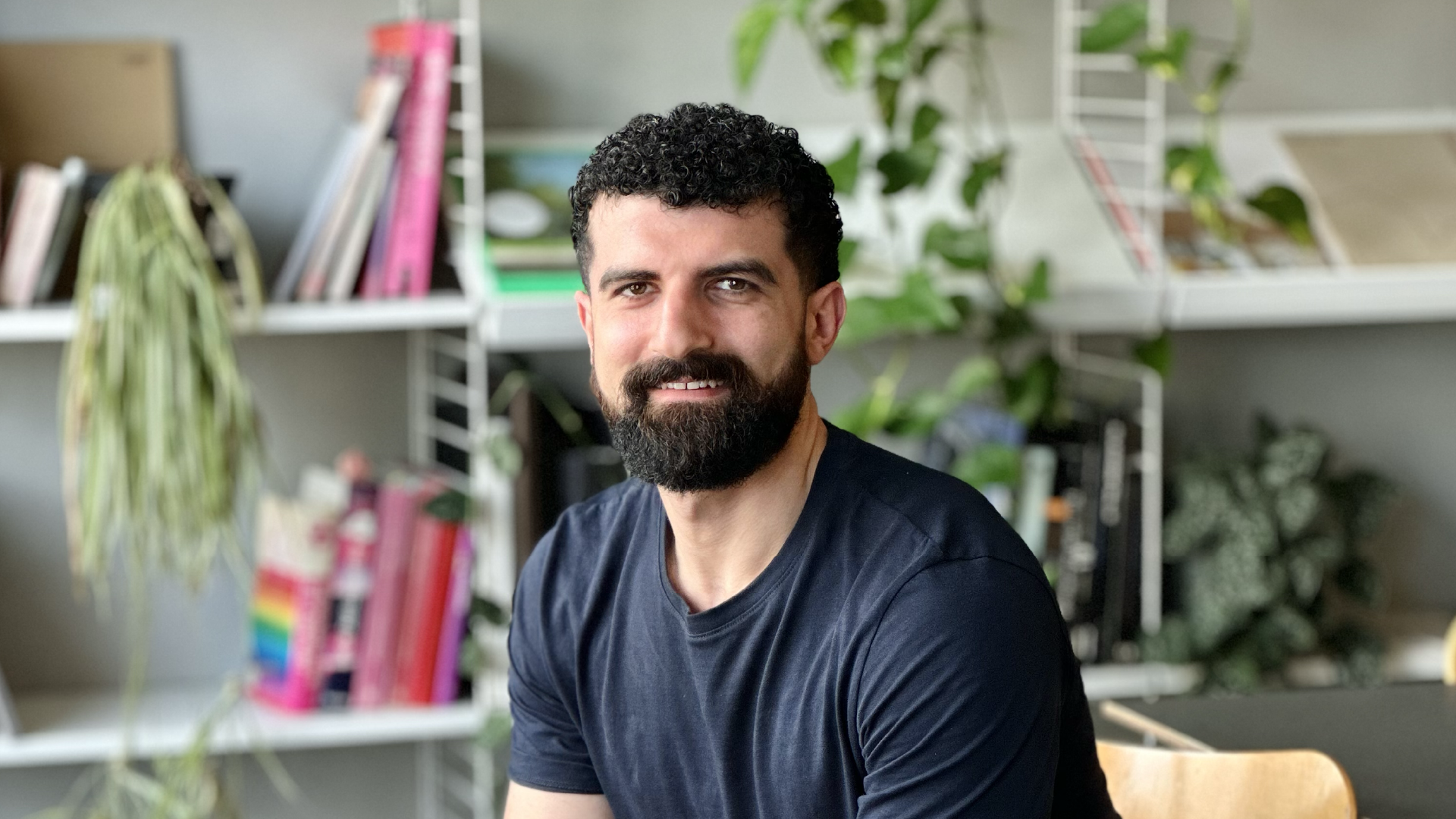
As the Middle East continues to evolve before our eyes, developers must not dehumanise its sense of place by detaching its future from its past.
Instead, collectively, we must strive to carry through the magic of our cultural heritage. Modernising while retaining the playful, surprising, and unrefined character entwined in the twisting alleyways of places like old Cairo.
We must veer away from the uncompromising route towards perfection, and instead search for new ways to prioritise and strengthen human connection.
And if nothing else, before we look forward – continuing to rapidly assemble a new sense of place in the Middle East – we must pause, and look back.
To view our projects in the Middle East, to ask a question, or to request a meeting with our team, email enquiries@wearesomewhere.net.

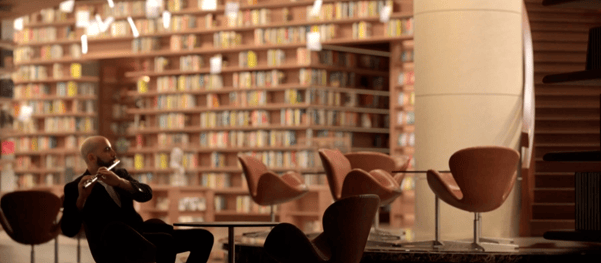



.webp)


